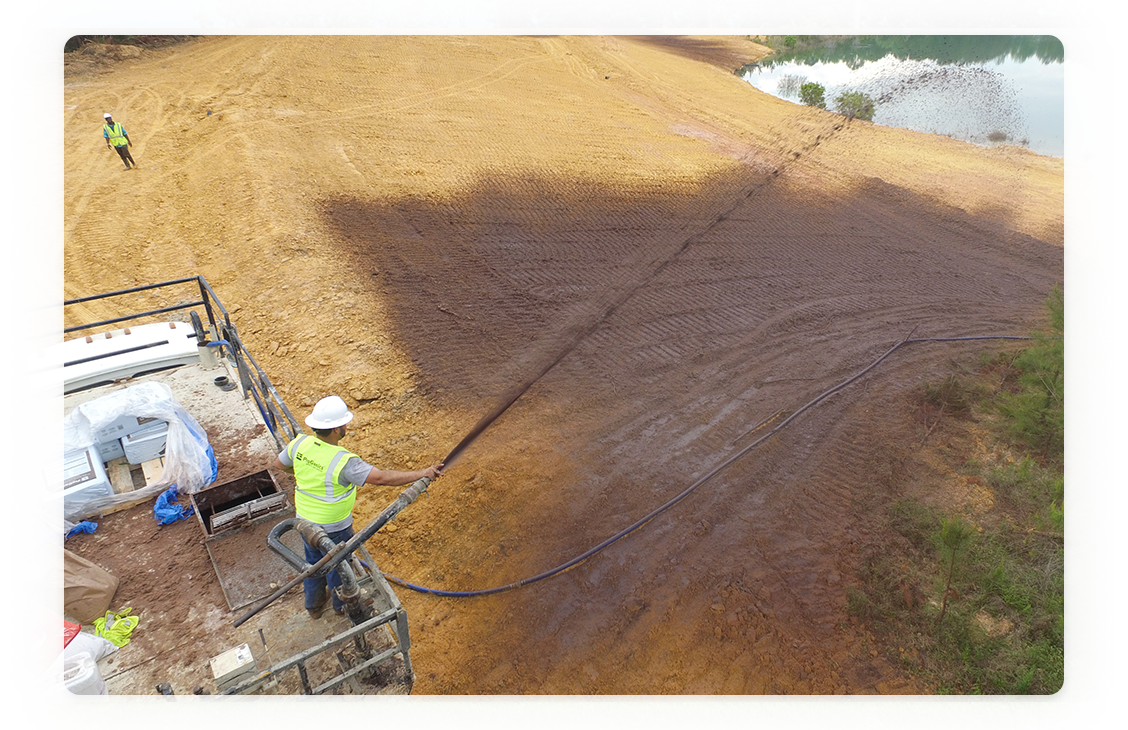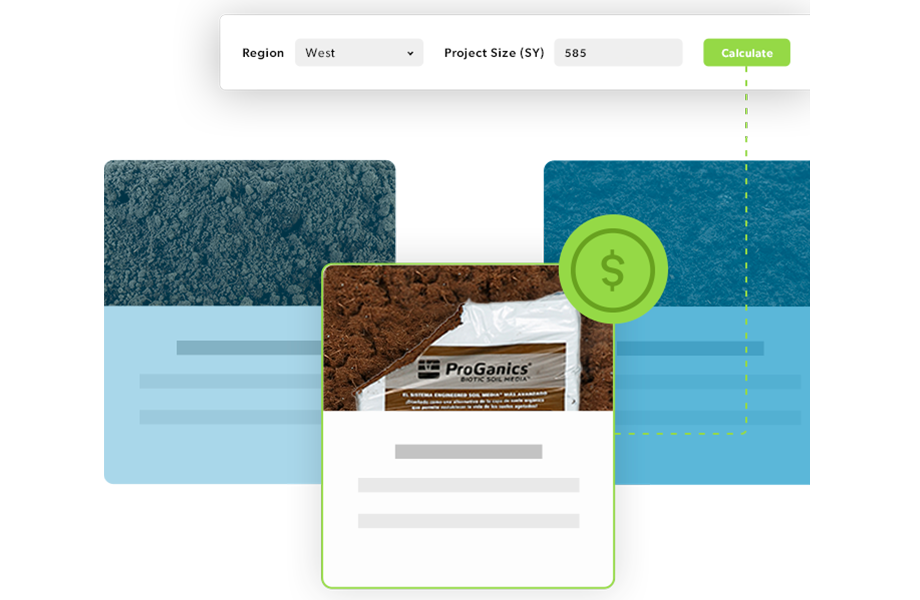
Breaking down the costs of conventional building materials for sitework construction.
The foundation of the civil sitework industry has long relied on conventional materials such as Topsoil & Compost Manufactured Topsoil, Aggregate, Concrete Paving & Rip Rap, Lime & Cement Treatment, and Asphalt. These materials have become automatic choices for designs and project execution.
However, with the continuous increase in material prices and the growing emphasis on cost-efficiency, innovation, and sustainability, it becomes crucial to reassess the significant costs associated with these conventional resources. It is necessary to understand their impact on your bottom line and timelines.
This blog post aims to provide an overview of the financial realities surrounding these materials. Our goal is to empower you to delve deeper into the cost consideration related to these resources. You can identify opportunities to reduce your project budgets and timelines by doing so. This will not only enhance your performance but also ensure your overall success.
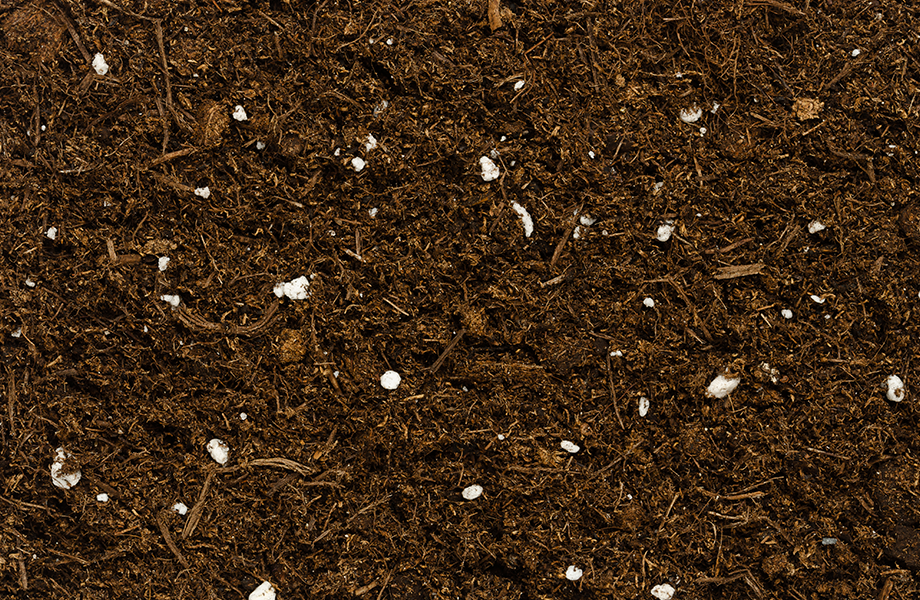
Providing a critical role in site preparation or base stabilization, the associated cost with topsoil and compost-manufactured topsoil can be high.
In the case of topsoil, these costs stem from the extraction, debris screening, transportation, machinery required, and application processes. Compost-manufactured topsoil, or CMT, typically comprises a ratio of sand, soil, and stabilized or matured compost. The raw material cost is reduced by diluting the amount of topsoil required with this blend. However, CMT demands a more labor-intensive and time-consuming production process. Compost-manufactured topsoil also presents a higher risk of environmental contaminants, such as plastics, PFAs, pesticides, herbicides, heavy metals, and harmful bacterial contamination.
For both, availability and transportation represent a significant expense due to the substantial weight and volume consumption of the material, which increases the cost per mile for shipping.
While topsoil & compost-manufactured topsoil have their benefits, it's essential to consider their limitations, such as relatively low load-bearing capacity and vulnerability to wind and water erosion.
These factors can potentially increase the long-term costs of your projects. From extraction to transportation, understand the numerous factors contributing to the high costs of topsoil & compost-manufactured topsoil. Learn More
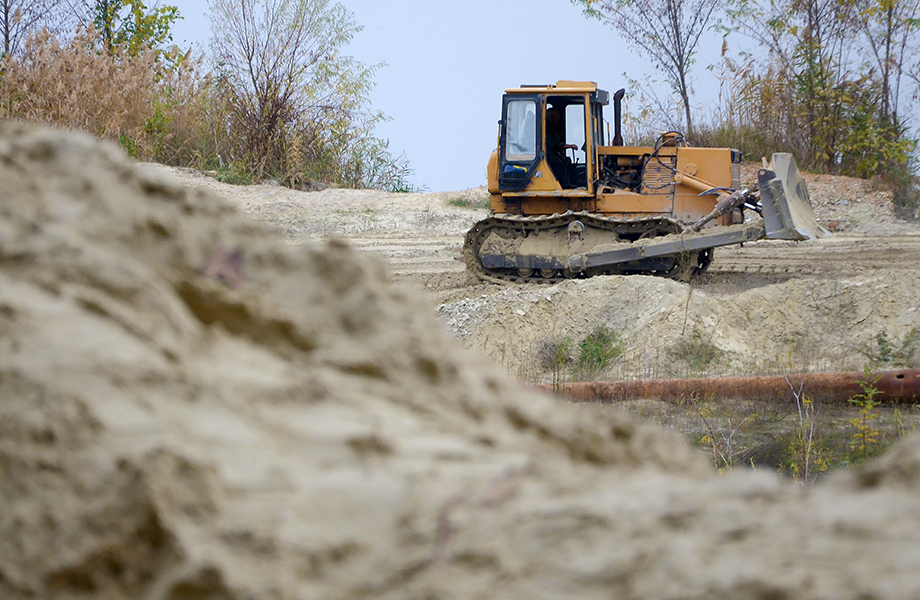
Aggregate is a crucial component in the construction of roadways, parking lots, and laydown yards, particularly when creating a foundation course with a flexible base. However, relying solely on aggregate for this purpose can significantly inflate the overall cost of your project.
The cost of aggregate is influenced geographically by various factors, including availability, extraction, transportation, processing, required machinery, and application methods. Additionally, the depreciating lifetime value of aggregate introduces ongoing maintenance and repair expenses, ultimately demanding a long-term financial commitment for projects heavily reliant on this material.
Don’t let these factors drive up your projects' start-up or long-term costs. Gain a comprehensive understanding of the hidden costs associated with aggregate usage and discover effective strategies to significantly reduce your long-term expenses in our upcoming blog post, “TBD”. Furthermore, we will delve into the technical aspects of utilizing aggregate in new ways for load support applications, providing valuable insights to enhance your project planning, design, and execution. Learn More
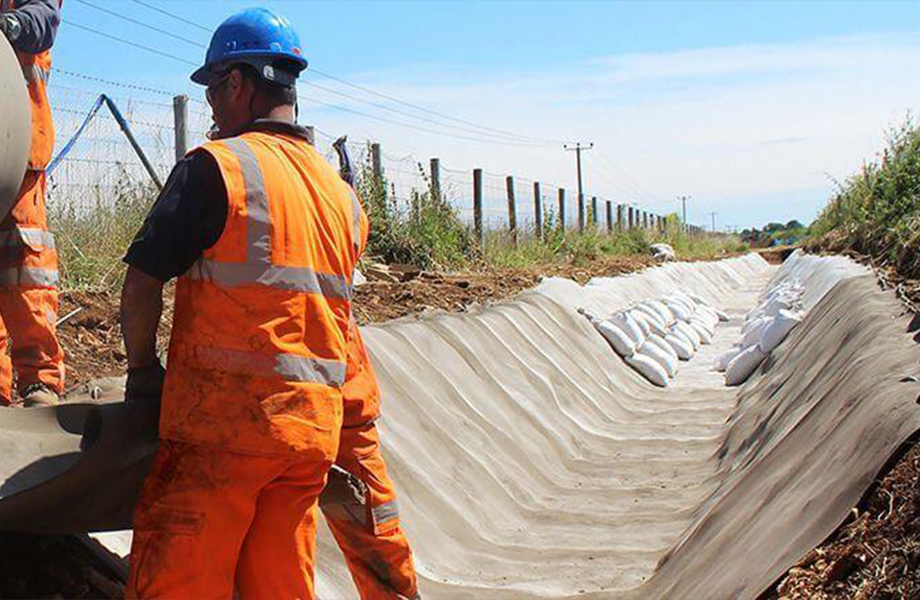
Slope and channel stabilization projects require essential support and protection to maintain the structural integrity that facilitates high-pressure water flow while preventing soil erosion.
The industry's mechanical use of conventional materials such as concrete slope and channel paving, concrete rip rap, and stone rip rap has left engineers and contractors with a price tag that can substantially impact their project's budget.
The price tag comes from various factors, from manufacturing to transportation and installation costs. Long-term maintenance required by these materials also adds a heavy financial burden. Over time, the degradation will prompt a need for repair or replacement work, causing a significant investment in resources.
Learn about the overall cost of using concrete slope and channel paving, concrete rip rap, and stone rip rap for your slope and channel stabilization projects. Also, identify what innovative solutions you can capitalize on to generate substantial cost savings regarding upfront costs and long-term maintenance. Learn More
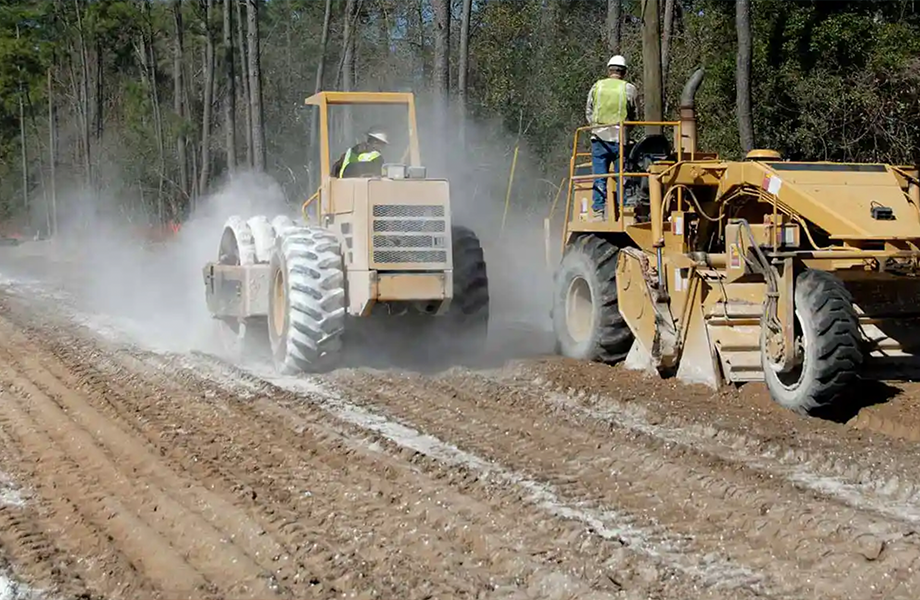
Chemically treated subgrades with lime and cement play a vital role in new site development and construction by reinforcing the subgrade and ensuring its stability. The concept of chemically treating subgrades involves utilizing lime and cement to enhance the load-bearing capacity and improve the physical properties of the underlying topsoil. This treatment reduces the subgrade's susceptibility to moisture and weathering, resulting in a stronger foundation for construction projects.
Reinforcing the subgrade is crucial as it supports the structures and infrastructure built above it. By chemically treating the subgrade, the topsoil becomes more compact and resistant to potential settlement, minimizing the risk of uneven surfaces and structural damage over time.
While the benefits of chemically treated subgrades are evident, it's essential to consider the associated costs. The expense of lime and cement treatment can significantly impact the overall project budget. Additionally, there are growing concerns about the environmental impact of these treatments, which has led professionals to explore alternative, cost-effective solutions that provide similar long-term results.
Understanding the costs and evaluating the available options for subgrade reinforcement is crucial for informed decision-making during new site development and construction projects. By considering project requirements, site conditions, and budget constraints, professionals can determine the most suitable approach to achieve a stable and durable subgrade while optimizing costs and minimizing environmental impact.
Break down the cost of Lime and Cement Treatment for Chemical Stabilization in our blog post "Understanding the Cost of Chemically Treated Subgrades Using Lime and Cement."
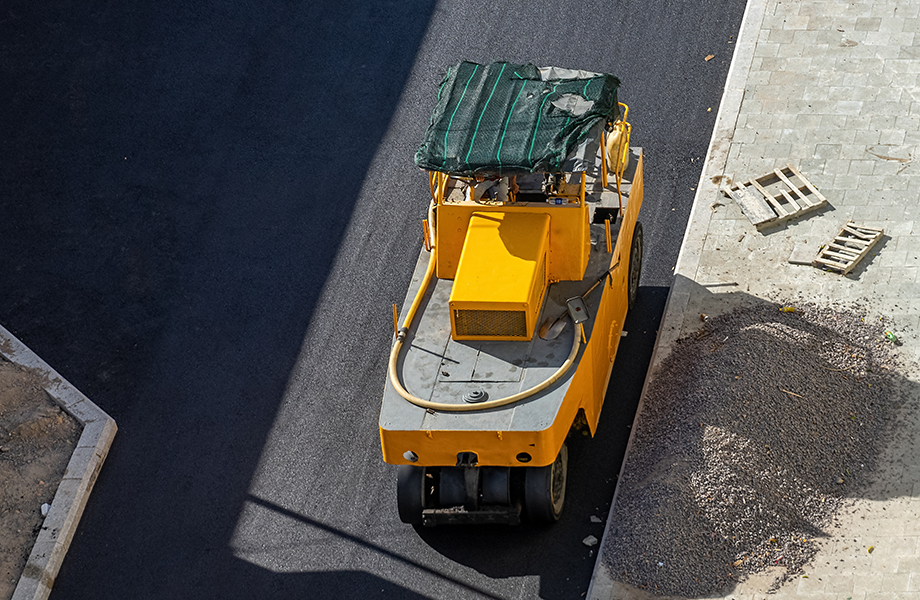
When it comes to asphalt, understanding the cost implications based on its application in the wearing/driving surface and the asphalt base course is essential. Let’s delve into the key factors that influence these costs:
Wearing/Driving Surface: The wearing/driving surface is the top layer of asphalt pavement directly interacting with traffic. It demands a high-quality asphalt mixture of finer aggregates and specialized binders to ensure durability, skid resistance, and a smooth driving experience. However, these superior mixtures come at a higher cost due to their quality and performance requirements. Furthermore, the thickness of the wearing course, surface area to be covered, and traffic volume also contribute to the overall costs.
Asphalt Base Course: The asphalt base course plays a critical role in providing stability and load distribution between the wearing course and the aggregate base course. Unlike the wearing surface, the base course utilizes coarse aggregates like crushed stone or gravel, which are generally lower grade, resulting in reduced costs. Although the base course is thicker than the wearing course, it may require less material volume overall.
Despite its benefits, the associated high cost is one of the primary considerations for reducing or optimizing the dependency on asphalt in roadway construction. This concern weighs heavily on engineers and contractors.
While the use of asphalt in roadway construction for base courses will continue to be prevalent due to its advantageous properties, there are innovative opportunities to optimize your asphalt base course, reduce cost, and improve the lifetime value of your roadways.
For innovators keenly aware of these challenges, gaining a deeper understanding of these costs can help pave the way for more strategic planning and effective budget management.
Identify the high cost of relying only on asphalt for your roadway projects and explore new ways to optimize costs and design for asphalt applications in our blog post "Navigating the High Cost of Asphalt."
In conclusion, these, often viewed as inevitable expenses, can significantly impact your project's bottom line and timeline.
In a rapidly evolving industry where cost-efficiency, innovation, and sustainability are paramount, it's essential to rethink the existing constructs. We can no longer afford to default to the automatic selection of conventional construction methods and materials without assessing their financial implications thoroughly.
Remember, this is not the end of the conversation but rather the beginning of a journey toward building a better tomorrow, emphasizing cost-effective and sustainable practices.
If you have questions about confidently improving your project's timeline and budget, Ask a GEO Pro.
